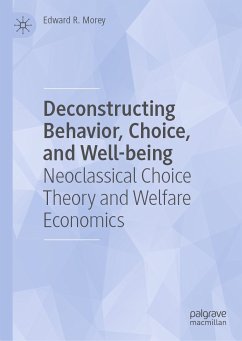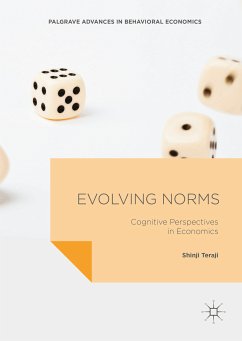
Highly Effective Behavior of Financial Consultants (eBook, PDF)
Versandkostenfrei!
Sofort per Download lieferbar
Statt: 53,49 €**
40,95 €
inkl. MwSt.
**Preis der gedruckten Ausgabe (Broschiertes Buch)
Alle Infos zum eBook verschenkenWeitere Ausgaben:

PAYBACK Punkte
20 °P sammeln!
Even after the introduction of self-services such as online banking, the need for qualified personnel in the financial service industry has remained strong. Important business is still conducted face-to-face between consultant and customer. Hence, many financial service firms still see their competitive advantage in a committed workforce. Elfi Ettinger focuses her research on how financial consultants perceive, explain, and interpret their commitment at work based on their collective reality of actions and behavior. She analyzes which organizational performance variables consultants associate ...
Even after the introduction of self-services such as online banking, the need for qualified personnel in the financial service industry has remained strong. Important business is still conducted face-to-face between consultant and customer. Hence, many financial service firms still see their competitive advantage in a committed workforce. Elfi Ettinger focuses her research on how financial consultants perceive, explain, and interpret their commitment at work based on their collective reality of actions and behavior. She analyzes which organizational performance variables consultants associate with their commitment at work, and how consultants' commitment behavior is linked with organizational performance. The results of the author's study are based on 40 in-depth interviews with consultants from 30 financial service firms. She identifies fifteen roles for describing consultants' most effective commitment behavior at work. The author reveals dominant associations between identified commitment behaviors, consequences, and final organizational outcomes. Finally, she draws a hierarchical value map of those linkages that display consultants' collective reality of the meaning of their commitment at work.
Dieser Download kann aus rechtlichen Gründen nur mit Rechnungsadresse in A, B, BG, CY, CZ, D, DK, EW, E, FIN, F, GR, HR, H, IRL, I, LT, L, LR, M, NL, PL, P, R, S, SLO, SK ausgeliefert werden.













